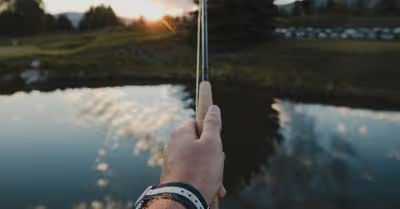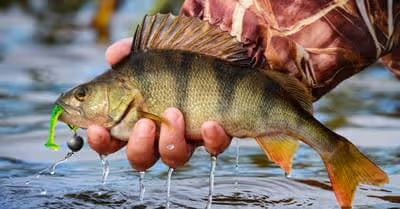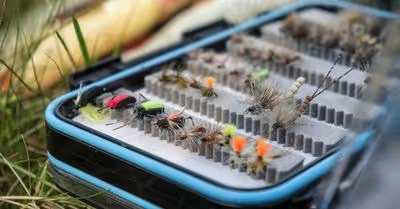Table of Contents
The Required Tools
- Lots of newspaper
- A Bucket
- A scaling knife (butter knife)
- Platter for clean fish
- Cooler
- Disposable gloves
- Sharp fillet knife
- A Plastic bag for the discarded parts
Keep in mind that the sharp fillet knife may be optional if you want to cook the fish whole. But it’s an important tool if you want to fillet the fish. Using a sharp fillet knife for the first time can be tricky but worry not, you’ll get used to it with time. Fish are slippery so you have to be very careful when using the sharp fillet knife.
Prepare the Fish for Cleaning
As we’ve noted, it’s of great importance to clean the fish as soon as you can if you want to enjoy a tasty and sumptuous meal. If you’re still on the water, it’s essential to keep the fish inside the cooler or in the water until you’re ready to clean it.
Once you’re ready to clean it, wash the fish in cold running water to remove the slimes. These are the slippery protective layer on the outer part of the fish. Cleaning or cutting fish with the slimes can be a real challenge and hazardous, particularly if you’re holding a sharp knife. You can then use paper towels to wipe the fish dry after rinsing it perfectly.
Remove the Scales
While some people cook fish without scaling it, we do not recommend it. Imagine how unpleasant it can be to consume the scales! The first step in scaling the fish is to remove the fins. Shear off the fins as close to the body as you can. The best way to scale fish is by holding the fish by the head. You should then use your hand to scrape the butter knife against the scales going downwards before doing the same on the other side.
You should use the bucket to hold the rogue and flying scales. Without the bucket, things can be a little messier, especially if you are scaling the fish atop your kitchen sink.
Gutting the Fish
This is the most unpleasant part yet the easiest part. Hold the fish on its side and hold the fish with your non-dominant hand. Insert the sharp fillet knife in the anal opening near the tail and bring the knife all the way to the lower jaw just below the head. Make sure that you do not insert the knife too deep to avoid puncturing the intestines.
You should then pull the cavity apart and pull out all the guts. You can use the knife to disengage the gill filaments from the base of the head. You can also use a spoon to scrape out the kidneys and the liver, as well as any other remaining organ. Do not leave the black stomach lining inside the cavity as it can spoil the taste of the fish.
Cleaning the Fish
When cleaning the fish, cut the gill where it meets the lower jaw and hold the fish at the space underneath the gills. You should then hose the fish with cold water until the water runs clear.
Filleting the Fish
If you do not want to cook the fish whole, you may want to fillet it. Simply split the belly to remove the viscera, as well as the gills and head. You can remove the head by cutting the bony ridge behind the gills while cutting around and down. You should also remove the pectoral fins by cutting down towards the fish’s centerline. Flip the fish over and do the same on the other side.
You can also insert the tip of the knife along the spine and slice all the way down up to the tail. Do not apply much pressure. Instead, just follow the natural ridge by letting the ribs guide the knife. You should then turn the fish over and do the same on the other side. It’s important to note that there are various fish species with sharp fins, teeth, and spines, so you should wear gloves and be extra careful when handling the fish.
Additional Tips
Honestly speaking, cleaning fish is a pretty messy affair that can leave your kitchen in a very bad state. So you’ll be better off doing it outdoor. If you, however, have to clean the fish in your kitchen sink, make sure that you place lots of newspapers on the sink. Again, the odor can be irritating so it’s crucial that you thoroughly clean any kitchen appliance used in cleaning the fish. You should also make sure that the discarded parts are properly disposed of.
Conclusion
Whether you’re planning to cook your catch at home or in the wild over a campfire, the fish will only be delicious if you properly clean it before cooking it. However, prepping and cleaning the fish can be an intimidating endeavor if you do not know how to go about it. Fortunately, cleaning a fish isn’t that complicated. Follow the above-described process and you’ll be much closer to enjoying a healthy and delicious meal.
Recent Articles
















